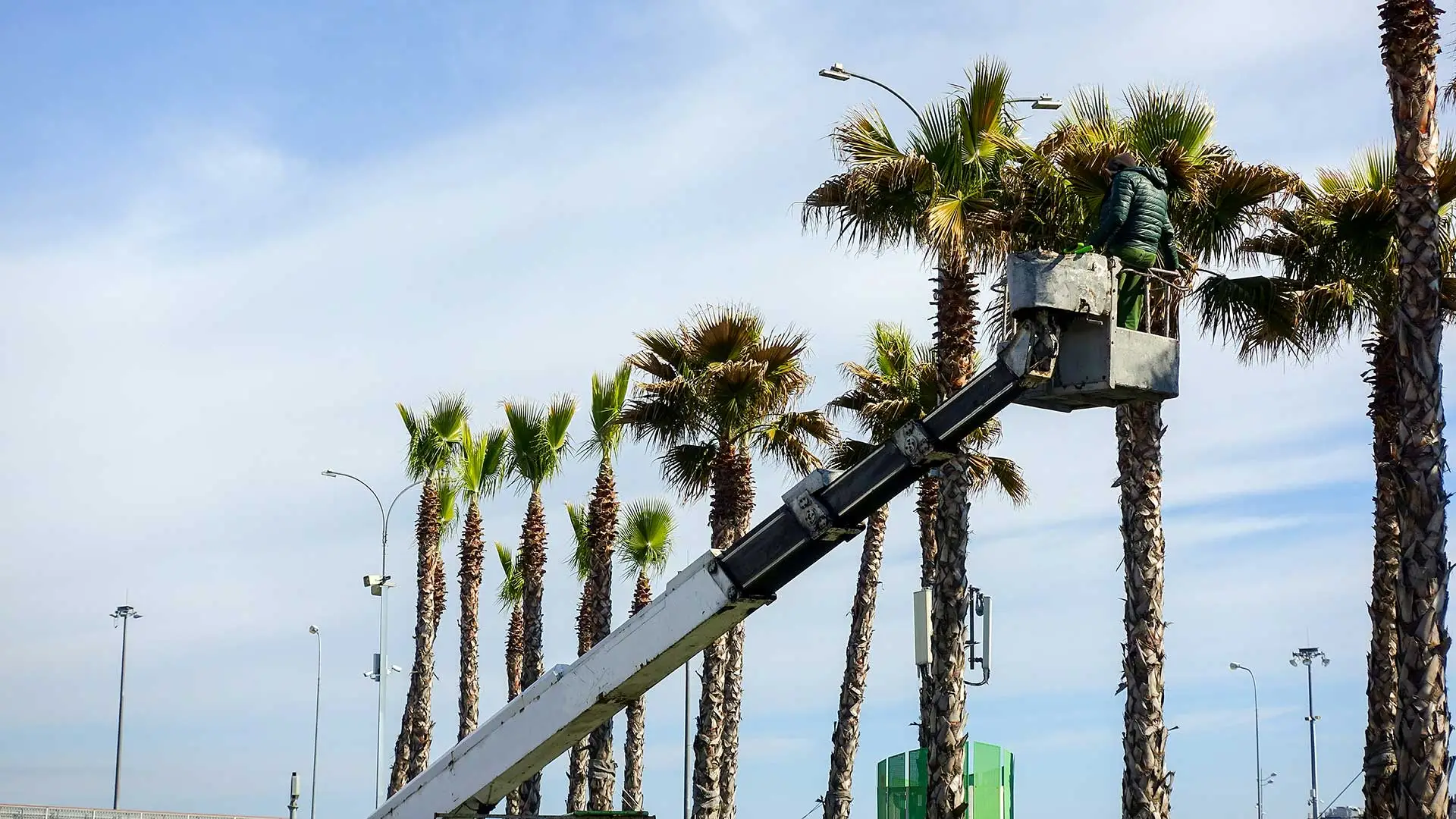
Tree Services Blog
Check here for important information on tree services in and around Cape Coral, FL!

Check here for important information on tree services in and around Cape Coral, FL!
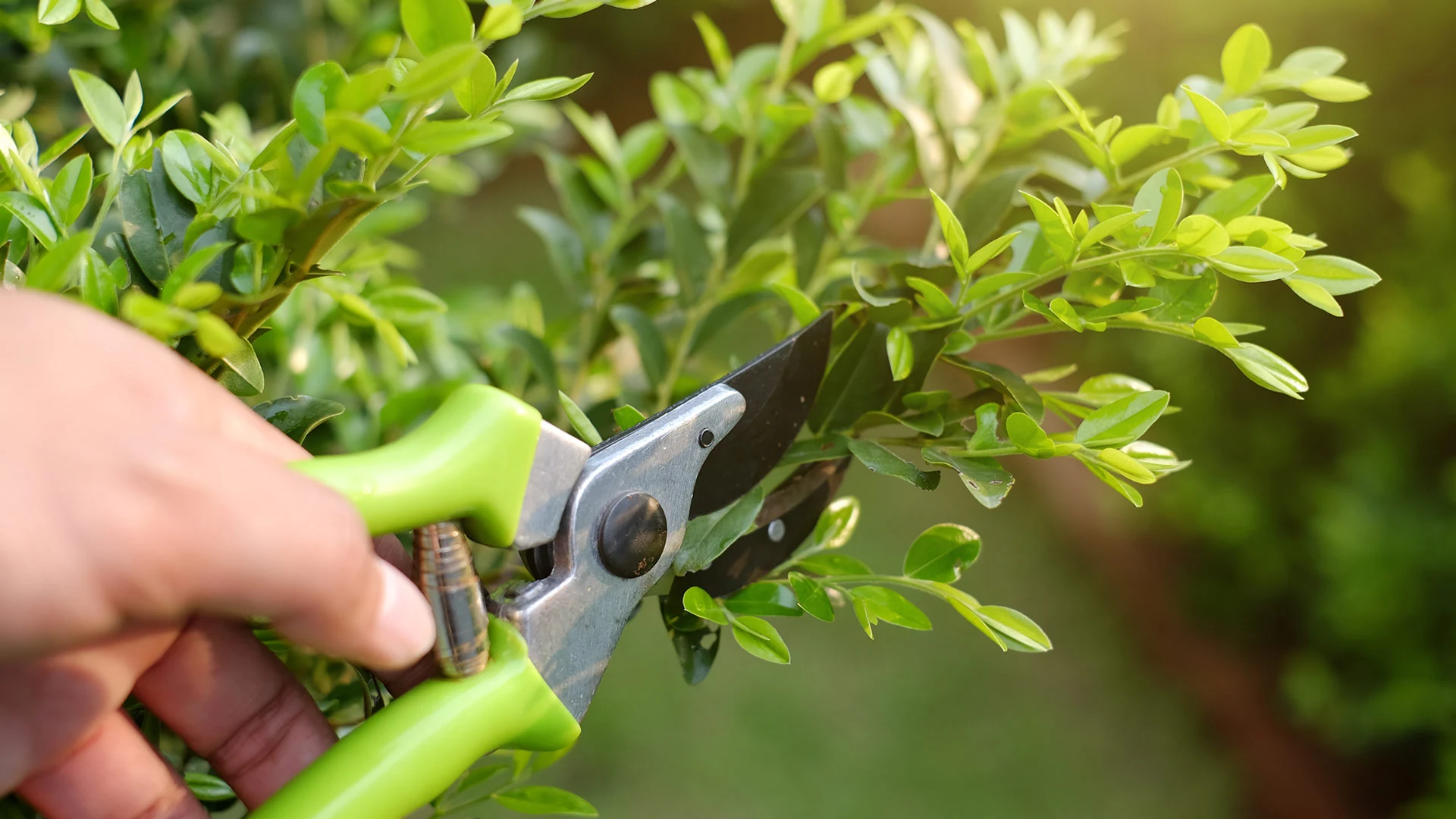
If you are a homeowner or business owner in Florida, you likely have an abundance of trees on your property. To ensure that your trees are always looking their best, you should have them trimmed regularly. Keeping your trees nice and manicured will ensure that large, overgrown branches aren't blocking sunlight from the plants below; it also increases your property's curb appeal and displays a tidy appearance. Not only that, but regular trimming will allow you to detect an insect infestation or disease much quicker. Early spotting of an issue gives you the opportunity to prune it before it has a chance to spread. Continue reading to learn more about why you should trim the trees on your property regularly.
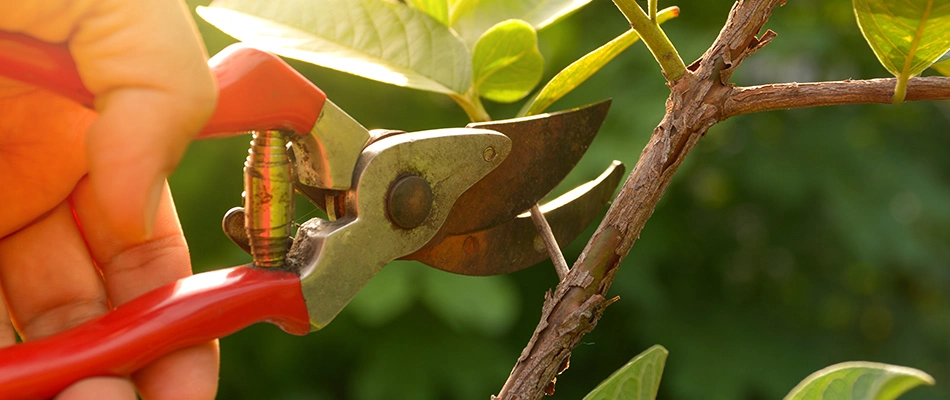
Trees are naturally beautiful, and their strong structures and earthy colors have the potential to enhance your property's curb appeal. Regular tree trimming will create a tidy, well-maintained appearance and assist in creating their shape and fullness; a beautiful, full shape can flatter your property and increase its curb appeal while positioning them for optimum nutrient absorption. A healthy tree and a beautiful one go hand-in-hand!
Trees that are common in the Lee County, FL area include palm trees, fruit trees, and red maple trees.
Trees...
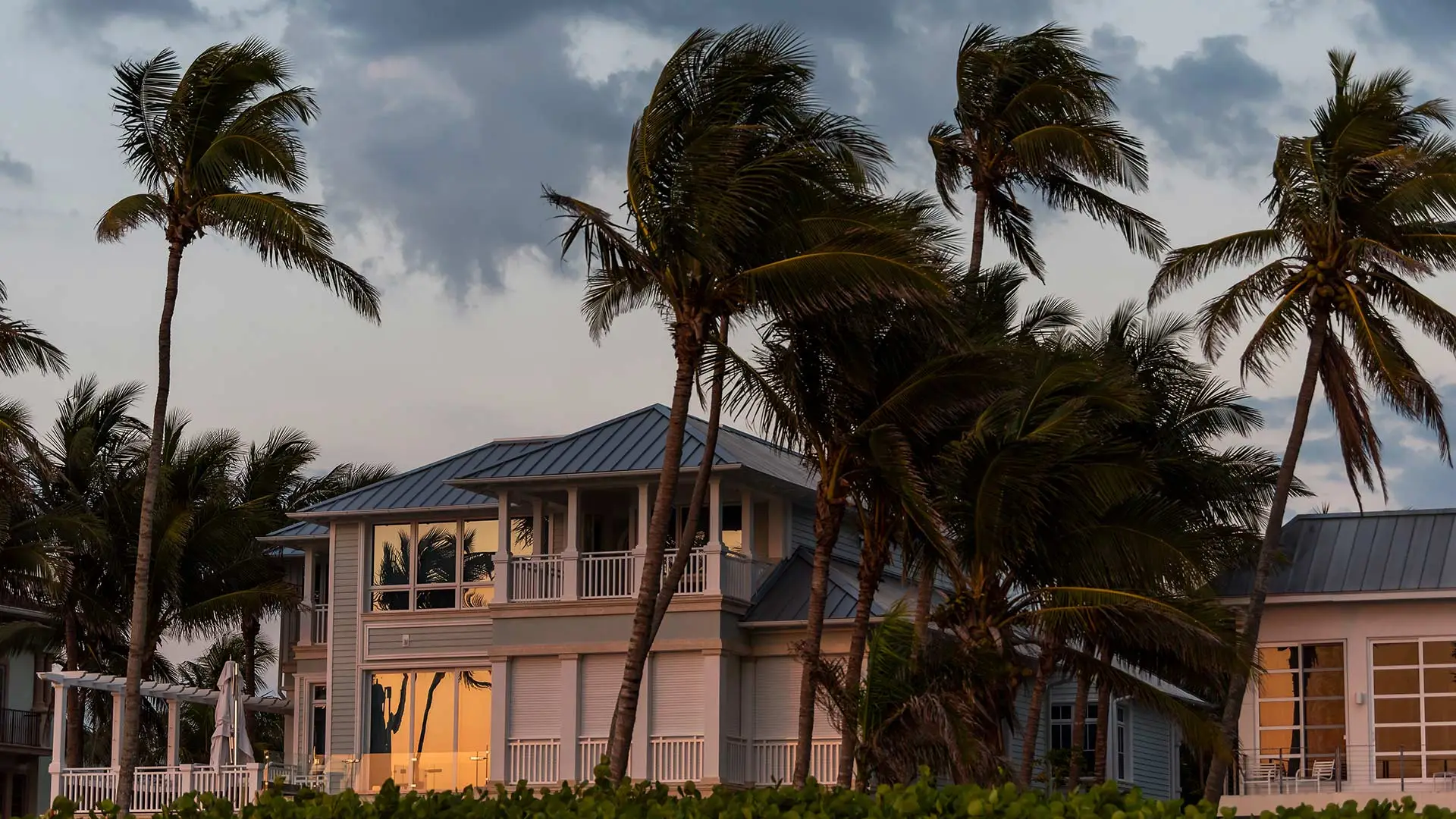
If you've lived in the Cape Coral, FL area for a while, then you're no stranger to hurricanes. Hurricanes are capable of massive amounts of damage, and it's very easy for your trees to get caught up in a storm, which is why you should take the appropriate steps to hurricane-proof your trees. One way to hurricane-proof your trees is to wrap them in a protective covering to keep them from getting injured by flying projectiles. You also want to brace your trees to keep parts of them from flying off in the storm with cables, braces, and stakes. Keep reading to learn how you can prepare your trees to stay safe against storms this hurricane season!
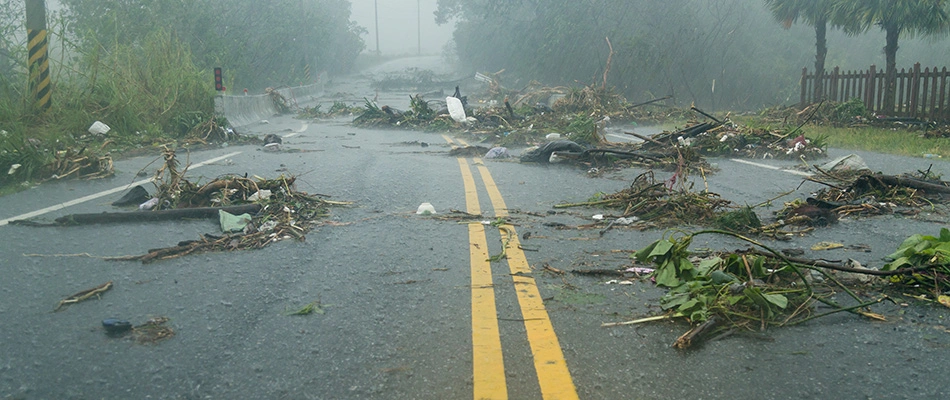
When you live in an area prone to hurricanes and tropical storms, it's important to always ensure you're prepared. That's why you should aim to hurricane-proof your trees, especially if you live in the Cape Coral, FL area. Hurricane-proofing will minimize any potential damage that can be caused to your trees or your property. Projectiles will be flying in every direction during the storm, so by hurricane-proofing your trees, you can protect your trees while simultaneously protecting your home or business from anything that may fly off your tree.
One of the ways you can hurricane-proof your trees for the upcoming hurricane...
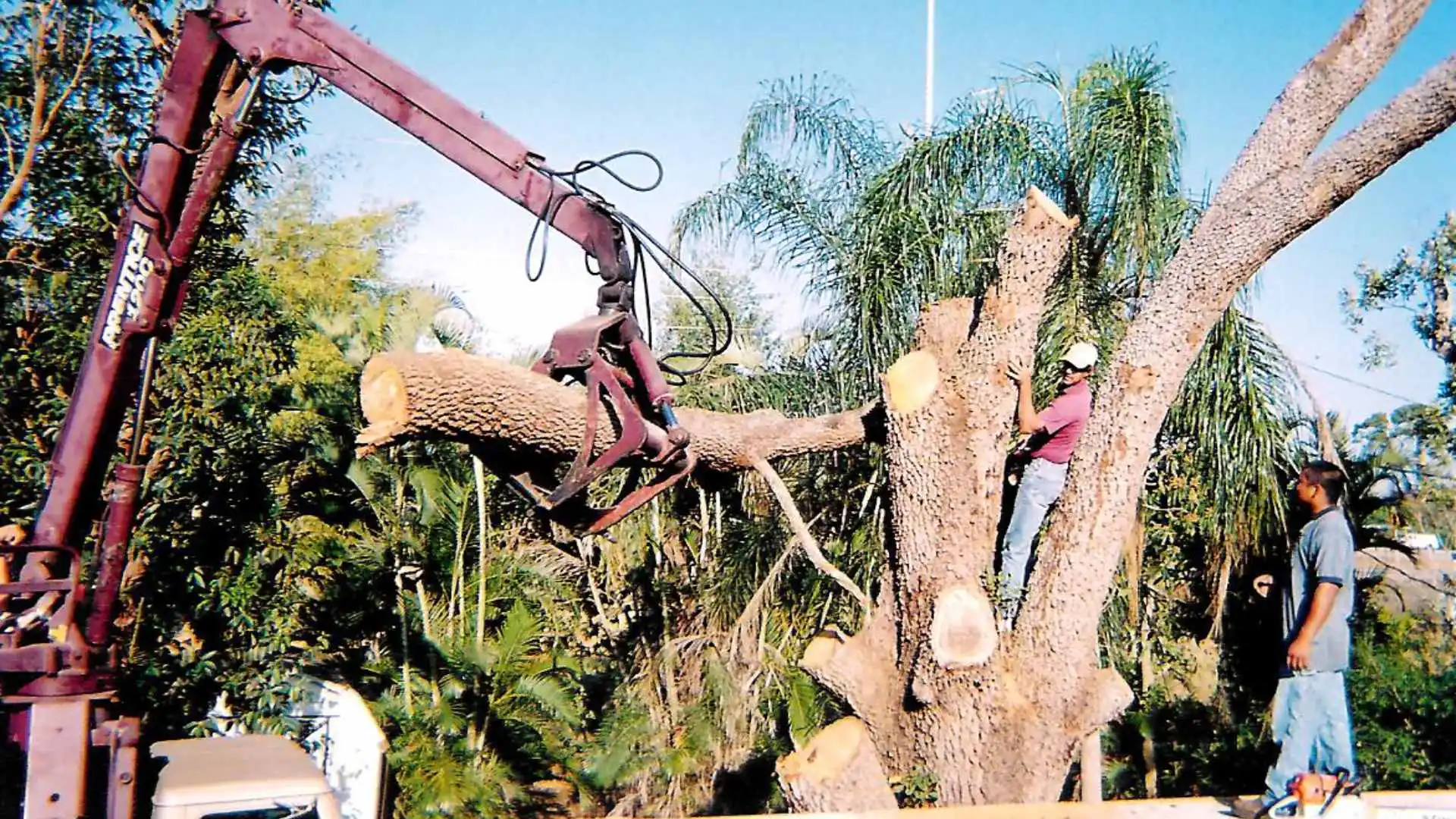
Preparing your trees for the summer months in Florida is important to ensure that they stay healthy and look great. To do this, you can trim and prune your trees: trimming is good for a tree's appearance, while pruning is good for a tree's health by getting rid of any branches that are unhealthy. However, if you have any weak trees that are unable to be saved, you should remove them. With hurricane season coming up, weak trees are dangerous; you shouldn't take any chances. It's a good idea to have your trees checked by professionals, as they will be able to determine what services your trees need to stay healthy. They will also be able to tell you if any of your trees need to be removed.
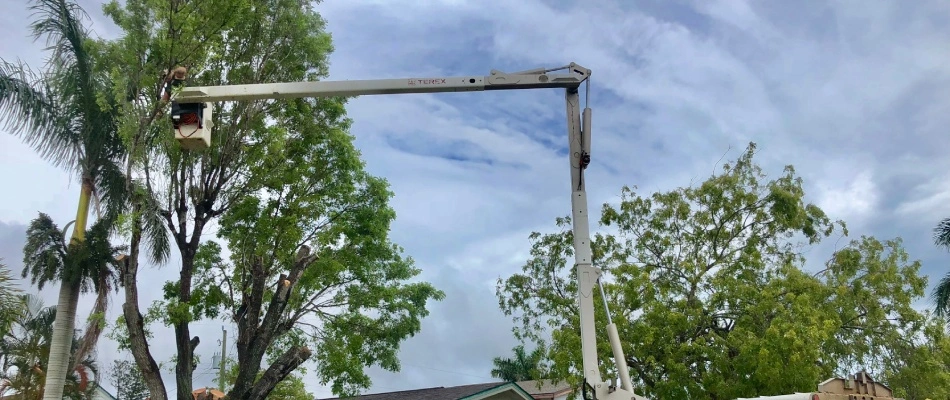
You should prepare your trees for the summer in Florida - whether it's for aesthetics or their health. Trees are a staple to the surrounding environment and it's a good idea to treat them with proper care. You can:
The most common trees found in the Lee County, FL area are fruit trees, red maple, and...
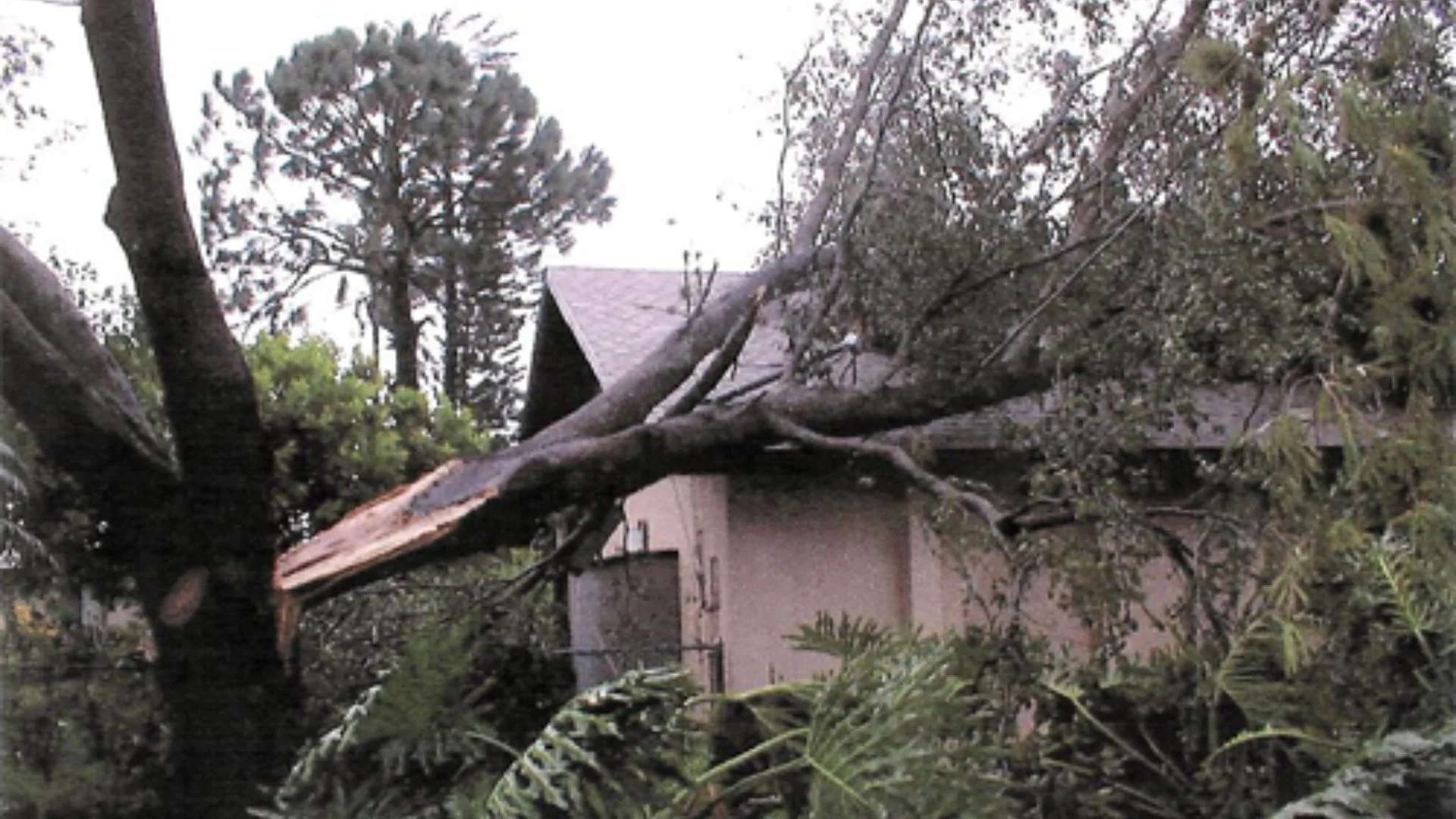
Having trees on your property offers numerous benefits like providing shade on those hot days we experience here in Florida. However, there are certain situations when a tree needs to be removed. For example, you want to remove a tree from your property if it’s leaning toward your home to prevent the tree from causing any damage to your home. You should also remove a tree when it succumbs to a disease or insect infestation to keep the problem from spreading throughout your property. And, if you notice any cracks in the trunk of your tree, remove it as soon as possible because it is likely unstable and can potentially fall over. Keep reading to learn why it’s important to immediately remove your tree when faced with any of these three situations.
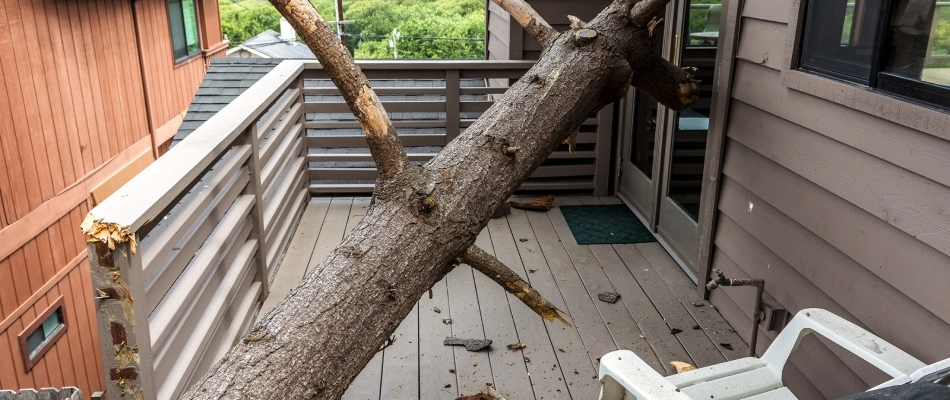
If one of the trees on your property starts leaning toward your house, then it’s best to start making plans to remove it. Branches and other parts of the tree will eventually start falling, potentially damaging your house. And in the worst-case scenario, the tree itself can fall onto your house during a storm. When a tree starts to lean while it is still growing, it usually means that there is a problem with the roots of the tree, and this issue cannot always be corrected. So, to prevent any substantial damage to your home, it’s recommended to remove the tree immediately once it starts leaning towards your house.
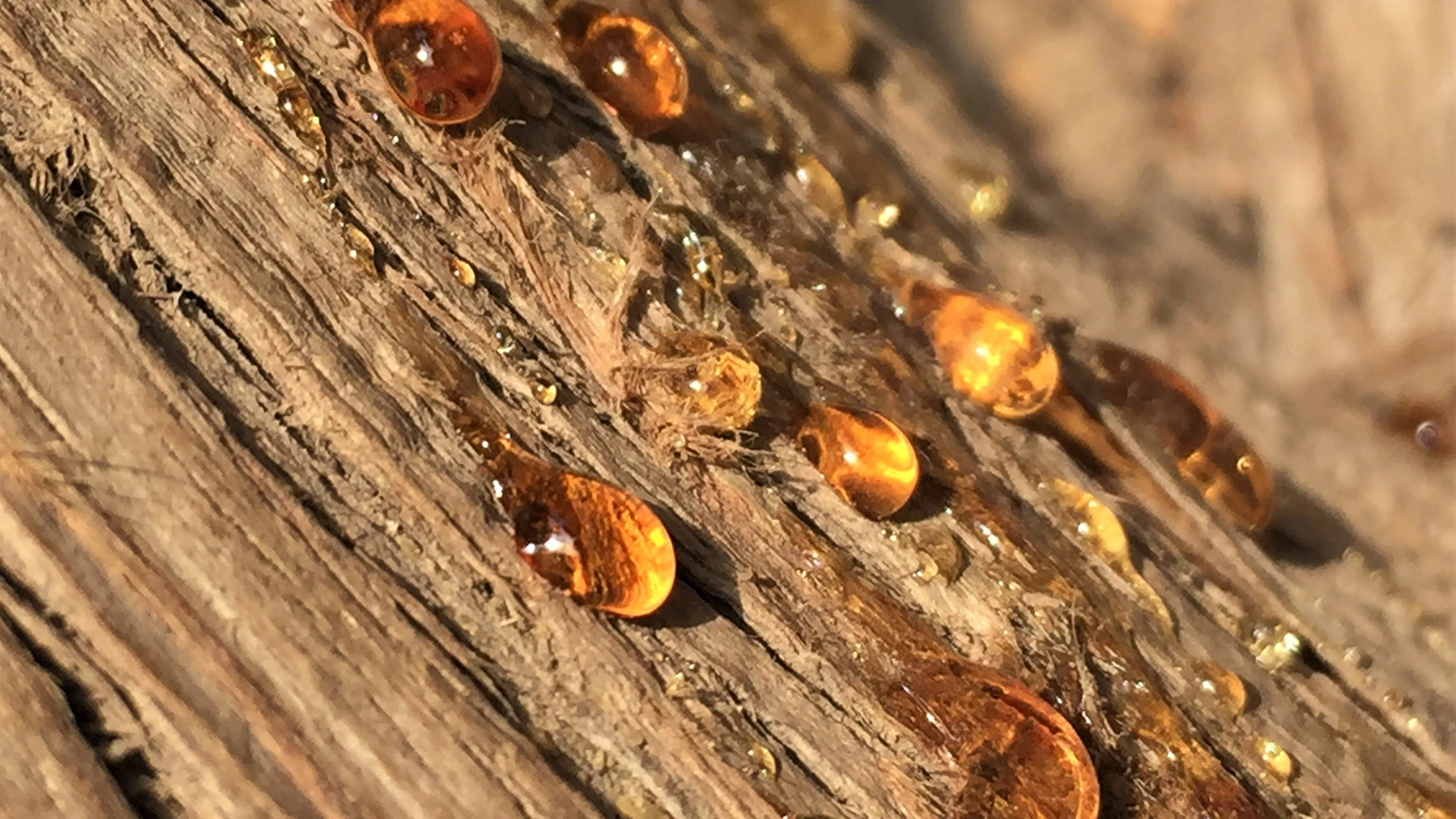
If you've ever gotten tree sap on your hands, you know how sticky, messy, and annoying it can be. There are many types of trees here in South Florida that produce excess sap at certain times of the year. If you have any magnolia, willow, maple, mesquite, silk-oak, or avocado trees on your property, you can avoid dealing with heavy sap drip by waiting to trim them until after spring. While sap drip is messy and unsightly, it is important to remember that it isn't harmful to your trees. If you do encounter sap drip, it's best to leave it alone rather than trying to stop it or clean it up.
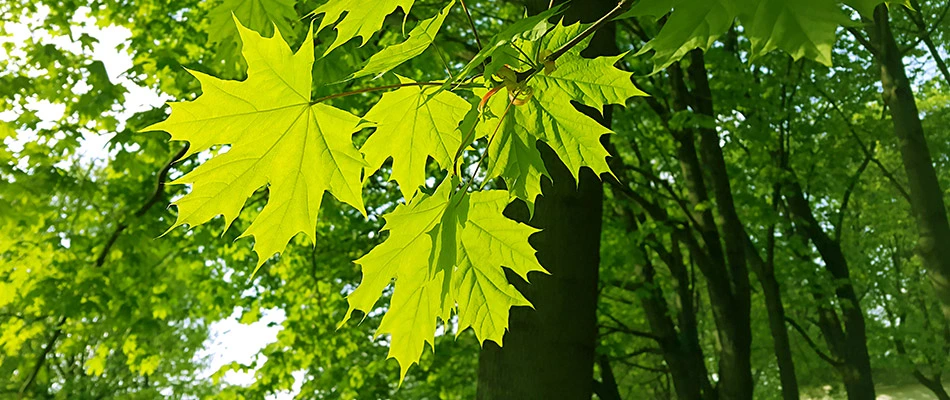
There are a variety of trees commonly found in the South Florida area that are known for their heavy sap drip. If you wait to trim these trees until after spring, you can avoid dealing with sap drip. These trees include:
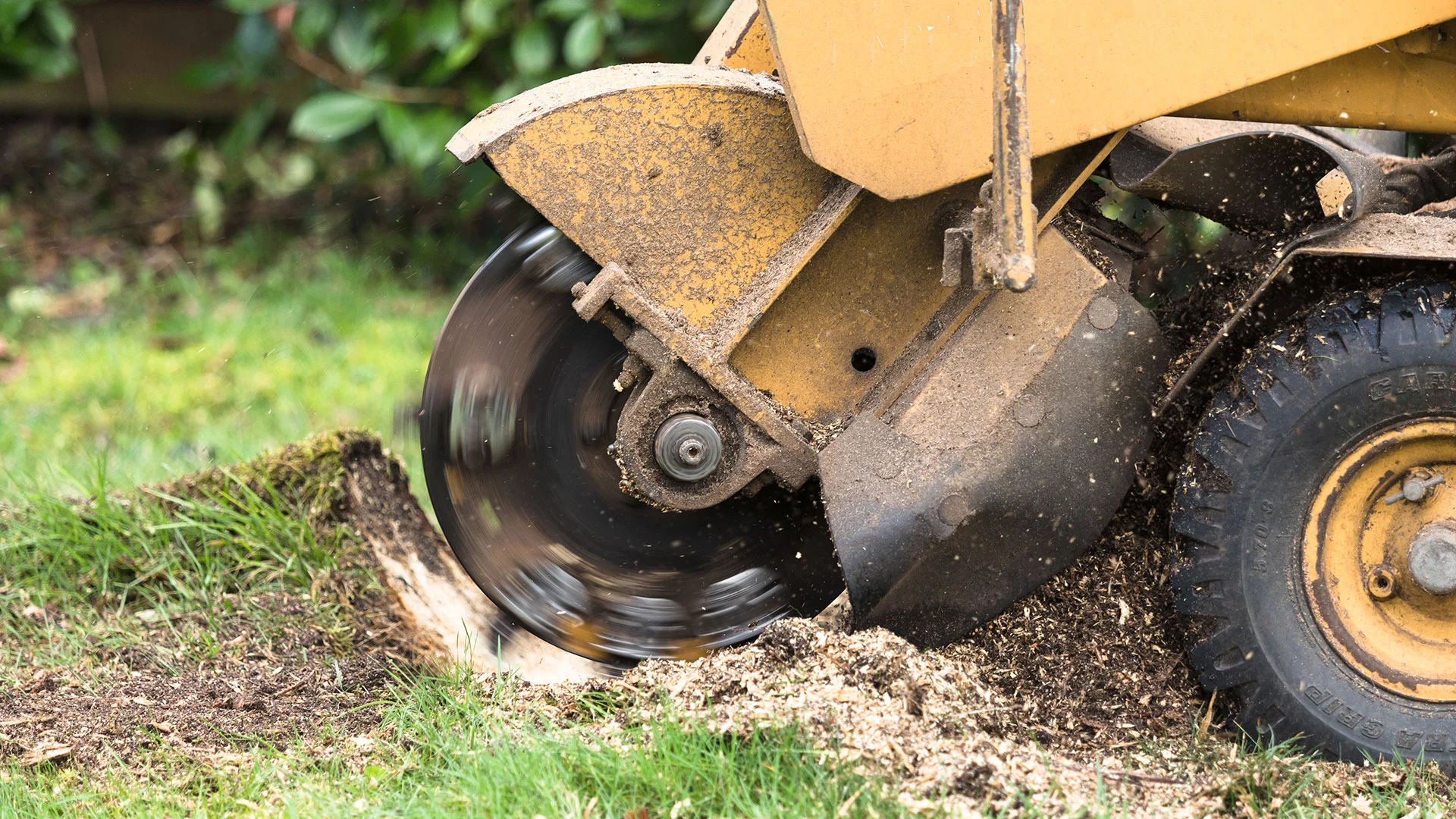
In Florida, when there's a stump that needs to go, you'll be presented with two main options: stump removal or stump grinding. While they may sound similar, there are important differences to consider and, overall, one option that's better – stump grinding! Stump grinding is less intrusive to your land, not requiring the stump to be completely heaved up and roots to be pulled out. Since the stump is being ground down into small woodchips, you'll effectively be left with mulch that you can repurpose in your landscape. Because stump grinding takes less time and effort, it'll also be less expensive than stump removal. At the end of the day, either will get the job done, but if you're looking for the most efficient route, stump grinding is the clear winner!
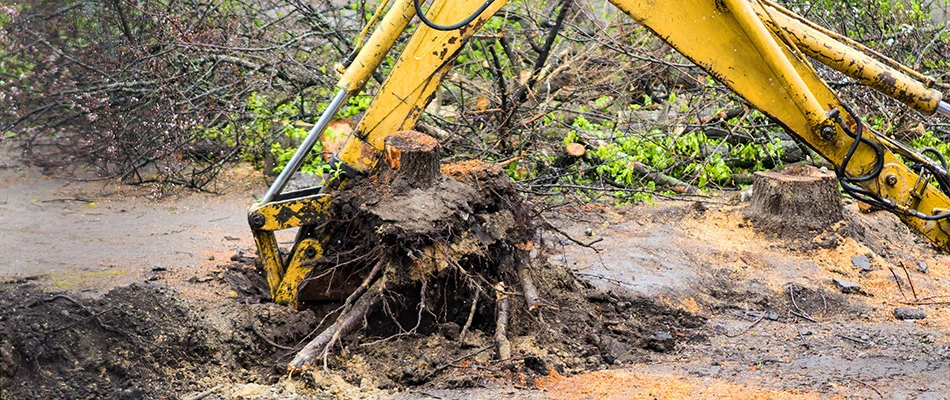
One of the biggest differences between stump grinding and removal is the amount of intensive work they take. With stump removal, the stump will be heaved out of the ground and then all of the tree's roots need to be dug up and removed. While this does leave you with completely clear land, it also leaves you with a massive hole that will need to be filled in before you can really do anything with it.
Stump grinding, on the other hand, is much less invasive. There is a special tool that will grind up the stump until it is reduced to wood chips, which are then easy to move wherever you like. The roots are left intact to...
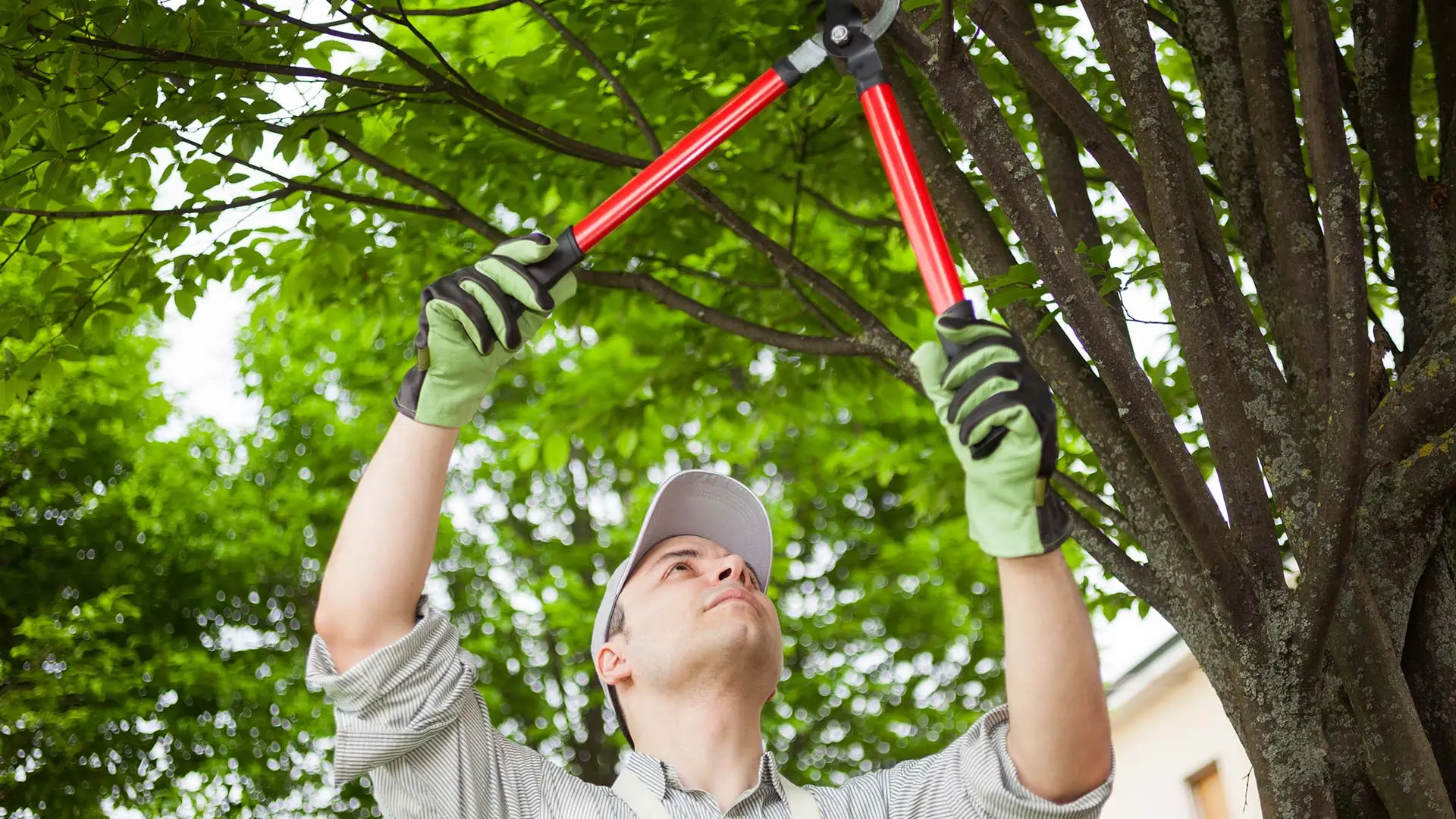
Trimming and pruning are commonly confused with each other. It's a common mistake among property owners because both processes involve cutting away parts of a tree, shrub, or hedge. However, the difference lies in the goal of each service. Trimming is the process of cutting away overgrowth on plants to keep them looking neat while pruning aims to remove dead or diseased branches to maintain the plant's health. Keep reading to learn how trimming is different from pruning, and why your trees and shrubs need both.
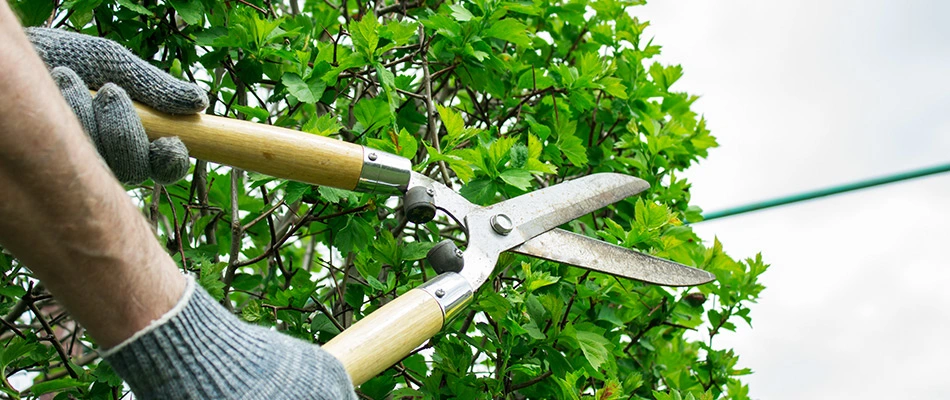
Plants are beautiful, but they tend to overgrow if they are not properly cared for. Overgrown plants with unruly branches and foliage can bring down your curb appeal. Trimming involves removing excessive overgrowth on your trees, shrubs, and hedges to maintain their pristine condition.
Here are some reasons why routine trimming is beneficial:
Because trimming is a maintenance service, you can trim your plants whenever you feel like they are becoming unruly. However, we recommend getting professionals to do it because if it is done wrong, it can actually be detrimental to the health of your plants.
Your plants should be trimmed at a minimum of twice a ...

The mighty palm tree has been commonly enjoyed in Florida for thousands of years so, luckily, we've had lots of time to learn the best practices of caring for these giant trees. Trimming is one of those practices! Trimming is the practice of removing brown or dying fronds to improve your palm's appearance as well as encourage healthy growth. While most property owners might think that trimming can be done year-round, this is actually far from the truth!
It is best to stick to trimming your palm tree's fronds in the spring season to keep your tree in optimal condition. In the same way, it is highly recommended that you avoid trimming in the winter season so that the fronds can protect your tree from cooler weather. Continue reading to learn more about why the time of the year matters so much when it comes to trimming your palm trees!
Many people assume that they should trim their palm fronds as soon as they being to turn brown or start to dry up. However, this could actually be a big mistake. To keep your palm in optimal health, it is extremely important to trim it before it starts to flower in the spring season. This ensures that your palm tree will recover with ease from the trimming process and grow new, healthy fronds.
If your palms have already begun to flower, you should wait until the next spring season to trim your browning fronds. Although brown fronds might be a sore...
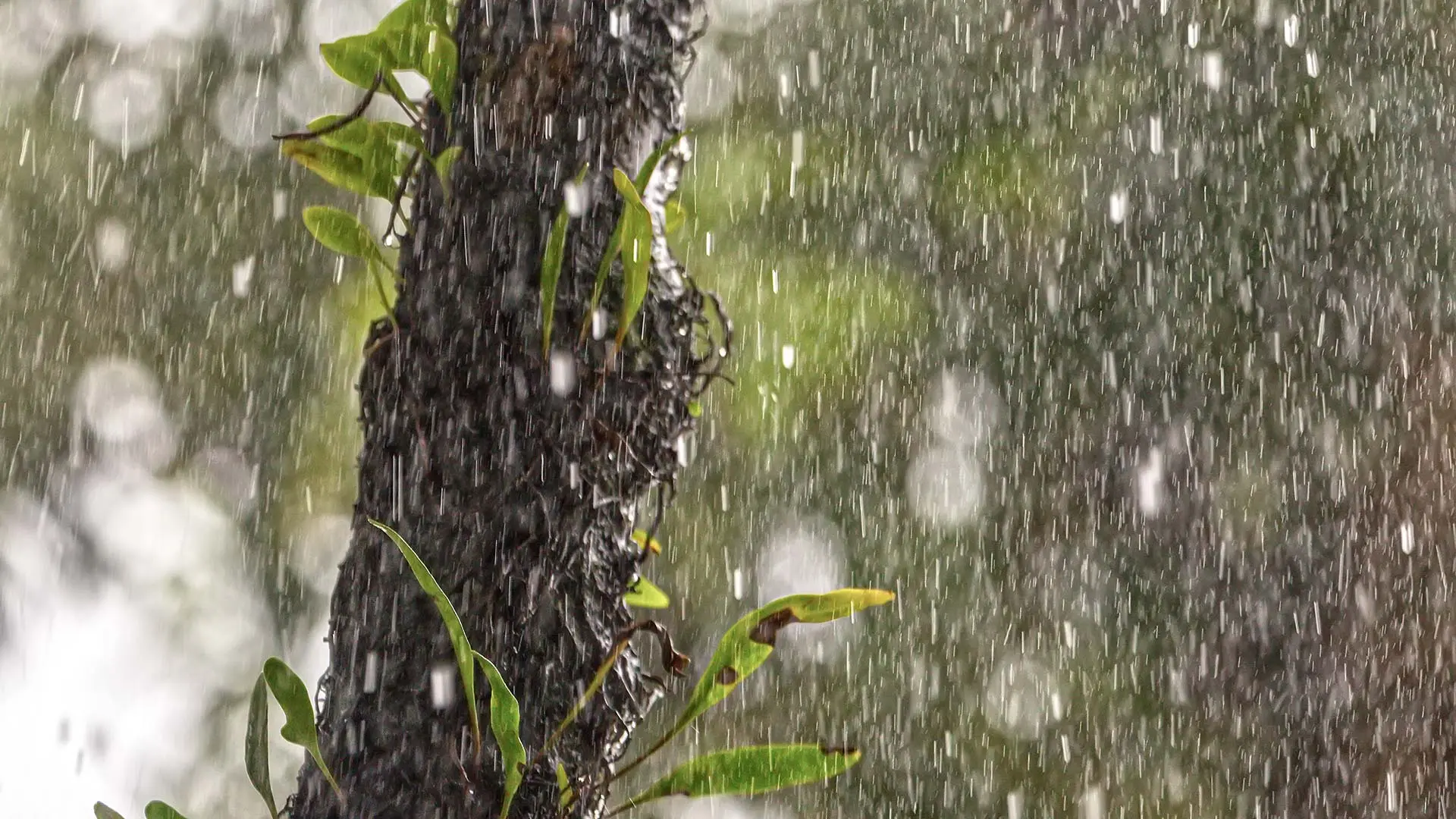
Trees need hydration any way they can get it to ensure healthy growth. The rainy season in Florida can provide your trees with enough water to keep them hydrated, but an overabundance of rain can also cause several problems for your trees. Too much rain can oversaturate the soil and weaken root systems, in addition to causing fungal diseases that thrive in wet conditions. These can affect the health and appearance of your trees. Moreover, the rainy season brings strong winds that can blow down branches and trees.
You can mitigate the risks that excessive rain poses to your trees by closely monitoring and surveying them for signs of damage, such as lesions, cracks, and exposed roots. Having a company that provides tree care services will also help you ensure your trees are healthy. Continue reading to learn more about how the rainy season can impact your trees in Florida.
Continuous and heavy rain can oversaturate the soil with rainwater, which can be detrimental to trees. Too much rainwater can compact the soil and suffocate the tree's roots, as the water prevents the roots from absorbing enough oxygen. Because its pores are filled with water, the tree can run out of oxygen within a few hours. It can now take only several days before parts of the root begin to rot.
Fortunately, Florida enjoys sandy soil that provides good drainage. But we still recommend that you avoid stepping on your lawn after ...
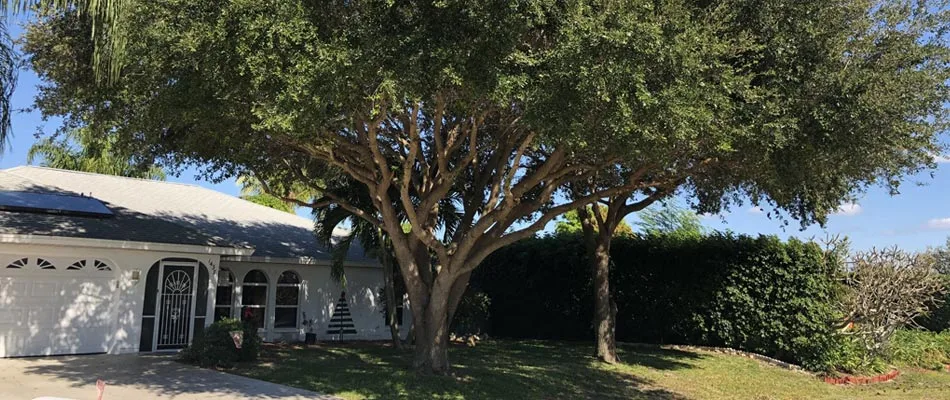
Trees are the true gems of any landscape. They are eye-catching features that can also shade your property from some of Florida's heat. However, when it comes to maintaining trees on your property, there are a few things that we recommend you consider for the health and safety of your family and property in the long haul.
As wonderful as trees can be, large tree roots have been known to cause structural damage if they are spreading out under the soil too closely to your home. Trees can even cause roof and exterior damages if they are close enough to cascade over your home. These and several more issues can occur if your trees are not properly planted. You can avoid all of these issues by following proper tree planting guidelines so that there is ample space between your trees and your home.
Trees can cause structural damage in several different ways when they are not planted correctly on your property. Some of the problems that you should be aware of include the following:
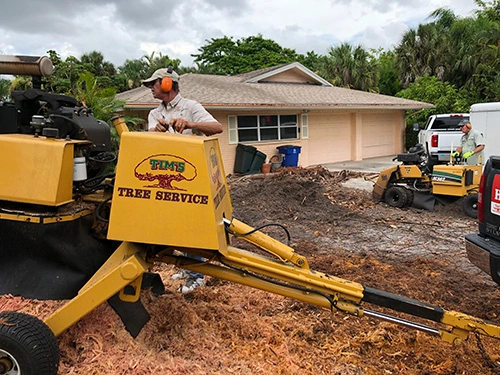
One of the most important things homeowners and business owners should consider when hiring a tree service company is whether the company is properly insured and licensed. At Tim's Tree Service, we carry all of the proper insurance and licenses needed to service all types and sizes of trees.
When you hire Tim's Tree Service, you'll be satisfied with our work. Give us a call to learn more about our services.
Just complete the form below to get a pricing quote.
